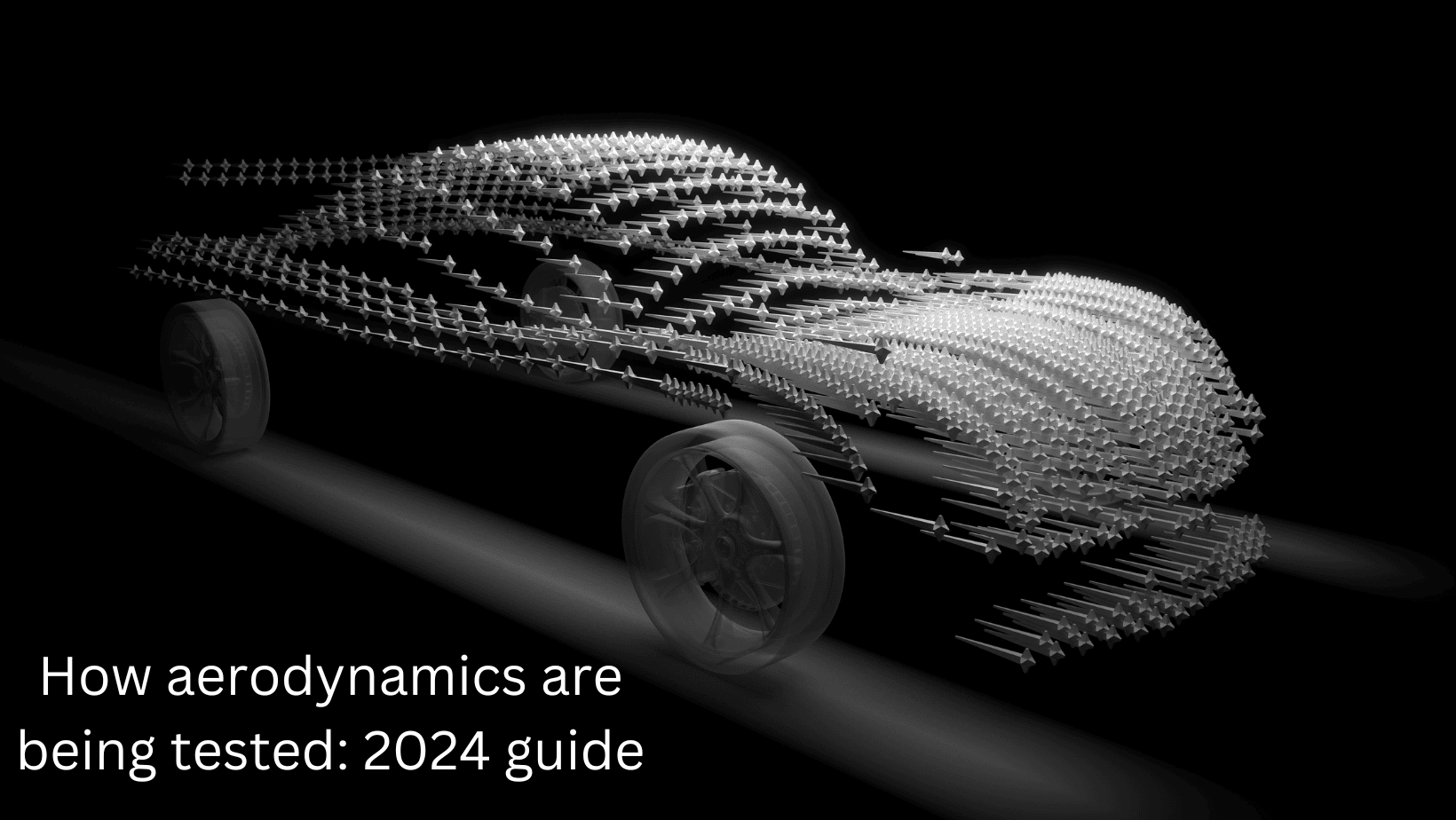Table of Contents
Aerodynamic Testing Methods 101: Optimizing Vehicle Performance
Introduction
Aerodynamics plays a pivotal role in automotive design, affecting everything from fuel efficiency to high-speed stability. By refining a vehicle’s shape and airflow management, manufacturers can reduce drag, enhance downforce, and improve overall efficiency. Various aerodynamic testing methods help engineers fine-tune vehicle designs for optimal performance, safety, and sustainability.
This guide explores the most effective aerodynamic testing techniques, explaining how each method contributes to the evolution of modern car design.

Key Takeaways
| Aerodynamic Testing Method | Purpose | Key Benefits |
|---|---|---|
| Wind Tunnel Testing | Controlled wind simulations | Accurate, real-world airflow visualization |
| Computational Fluid Dynamics (CFD) | Digital airflow simulation | Cost-effective, quick scenario testing |
| Track Testing | Real-world aerodynamic performance | Measures interaction with driving dynamics |
| Scale Model Testing | Testing miniaturized vehicle models | Lower costs for early-stage development |
| Pressure Mapping | Surface pressure distribution analysis | Identifies high-drag and lift areas |
Aerodynamic Testing Methods 101
Wind Tunnel Testing: The Traditional Powerhouse
Wind tunnel testing remains one of the most trusted aerodynamic evaluation methods in the automotive industry. By placing a vehicle inside a controlled wind tunnel, engineers can simulate real-world airflow conditions, analyze pressure distribution, and refine a car’s aerodynamics with precision.
Advantages of Wind Tunnel Testing
- Provides accurate and repeatable test results
- Allows visualization of airflow patterns using smoke trails or digital sensors
- Enables engineers to fine-tune vehicle aerodynamics with precise data
Limitations
- High operational costs – Running a wind tunnel requires significant resources
- Size restrictions – The tunnel’s capacity can limit full-scale testing for larger vehicles
Despite its limitations, wind tunnel testing remains the gold standard for evaluating aerodynamics in high-performance and production vehicles.
Computational Fluid Dynamics (CFD): The Digital Frontier
Computational Fluid Dynamics (CFD) uses advanced computer simulations to analyze airflow around a vehicle. This method allows designers to test multiple aerodynamic configurations without building physical models.
Advantages of CFD Analysis
- Cost-effective – Eliminates the need for expensive physical prototypes
- Rapid prototyping – Engineers can test different designs quickly
- Detailed airflow analysis – Can simulate highly complex flow patterns
Limitations
- Requires high computational power – Advanced simulations demand high-performance computing
- Accuracy depends on modeling quality – Incorrect assumptions can lead to misleading results
CFD is widely used in early design stages, allowing manufacturers to refine vehicle shapes before wind tunnel testing or real-world trials.
Track Testing: The Real-World Challenge
While digital simulations and controlled environments provide valuable insights, nothing compares to testing a vehicle in real-world driving conditions. Track testing allows engineers to analyze how aerodynamics interact with actual road and weather conditions.
Advantages of Track Testing
- Provides real-world aerodynamic data in various driving conditions
- Measures how aerodynamics affect vehicle dynamics such as stability and handling
- Identifies issues that simulations might not detect, such as crosswinds and turbulence
Challenges of Track Testing
- Weather variability – Wind speed and temperature changes can affect results
- High costs – Track access, test vehicles, and telemetry equipment add up
- Time-consuming – Extensive data collection and analysis required
Despite its challenges, track testing remains a critical step in finalizing vehicle aerodynamics before production.
Scale Model Testing: A Miniature Perspective
Scale model testing involves using small-scale vehicle replicas in wind tunnels. This method provides a cost-effective alternative to full-size testing while offering valuable insights into early-stage aerodynamic performance.
Benefits of Scale Model Testing
- Lower testing costs compared to full-size wind tunnel experiments
- Allows for rapid iterations in the design process
- Useful for early aerodynamic assessments before committing to full-size prototypes
Drawbacks
- Scale effects can sometimes distort real-world results
- Cannot fully replicate actual aerodynamic conditions experienced by a full-sized vehicle
Scale model testing is commonly used alongside CFD and full-scale wind tunnel testing to fine-tune designs before committing to production.
Pressure Mapping: The Detail Detective
Pressure mapping uses sensors placed across a vehicle’s surface to measure airflow pressure variations. This technique helps engineers pinpoint high-drag areas, evaluate lift forces, and optimize bodywork designs for improved efficiency.
Advantages of Pressure Mapping
- Provides detailed surface pressure data for refining aerodynamics
- Identifies areas of high lift or drag, crucial for high-speed stability
- Helps engineers develop more aerodynamic body shapes and underbody panels
Challenges
- Requires numerous sensors for accurate data collection
- Complex data interpretation – Understanding the airflow dynamics takes expertise
Pressure mapping is particularly valuable for high-performance sports cars and race cars, where even minor aerodynamic adjustments can significantly impact lap times and top speeds.
Aerodynamic Testing Methods: Common Questions & Answers
| Question | Answer |
|---|---|
| Why is aerodynamic testing important in automobiles? | It optimizes fuel efficiency, performance, and stability by improving airflow around the vehicle. |
| What makes wind tunnel testing effective? | It provides highly accurate, real-world data for refining vehicle aerodynamics. |
| How does CFD improve car design? | CFD allows designers to rapidly test multiple scenarios digitally before building prototypes. |
| Why conduct track testing? | It offers real-world performance insights that lab-based tests can’t fully replicate. |
| What are the benefits of scale model testing? | It’s a cost-effective alternative to full-scale testing, useful for early-stage design assessments. |
| How does pressure mapping enhance aerodynamics? | It helps identify areas of high drag and lift, leading to more efficient designs. |
Conclusion: The Symphony of Testing for Aerodynamic Mastery
Automotive aerodynamics is a highly specialized field that requires a combination of traditional and modern testing techniques. From wind tunnels and CFD simulations to real-world track testing and pressure mapping, each method plays a vital role in shaping efficient, high-performing vehicles.
By integrating multiple aerodynamic testing methods, manufacturers can balance cost, accuracy, and practicality, leading to better fuel economy, improved performance, and enhanced driving stability. The future of car design will continue to evolve as technology advances, allowing for even more precise and efficient aerodynamic innovations.
